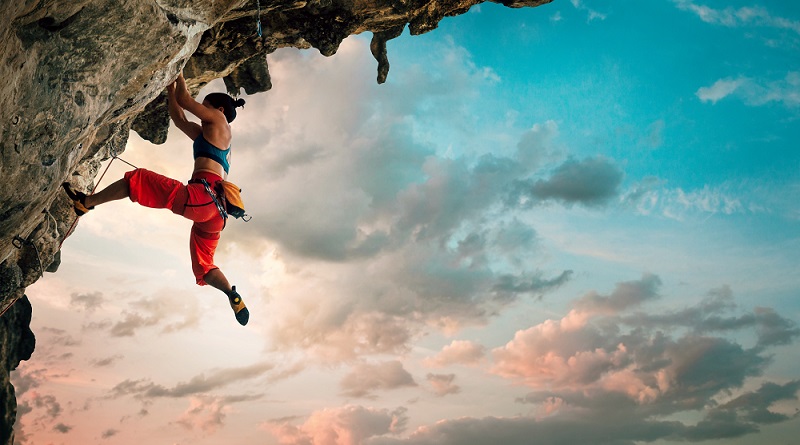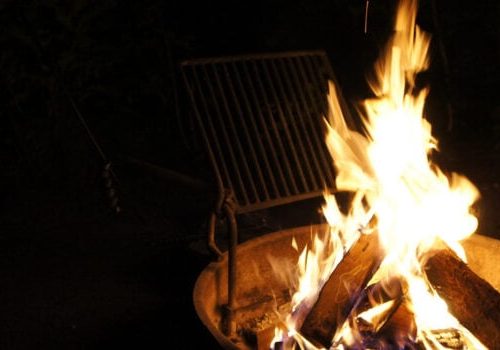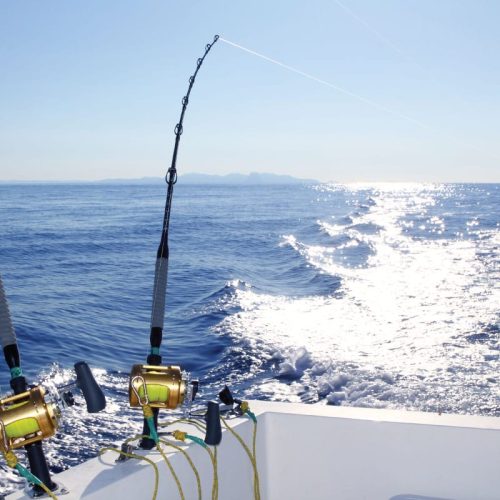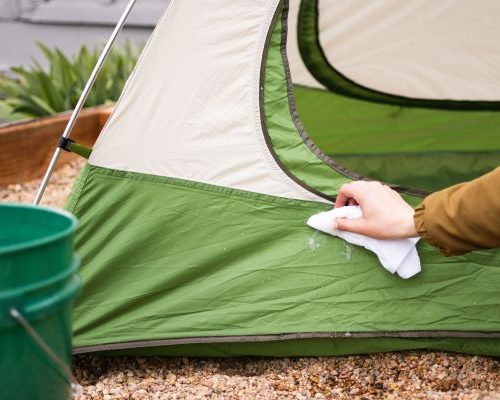Climbing, a sport that combines physical strength, mental focus, and a deep connection with nature, has captured the hearts of outdoor enthusiasts for generations. Whether you’re scaling towering rock faces, navigating indoor climbing walls, or bouldering your way up challenging routes, understanding and mastering climbing techniques is the key to success and safety. In this comprehensive guide, we will explore the fundamental climbing techniques that every aspiring climber should know. From the basic principles to advanced maneuvers, we’ll cover it all, providing you with a roadmap to becoming a proficient and confident climber.
Climbing is more than just a physical endeavor; it’s a mental and emotional challenge that requires a unique set of skills and techniques. The journey from a novice climber to a seasoned pro involves learning, practicing, and mastering a range of techniques that not only improve your climbing ability but also ensure your safety in the vertical world. Whether you’re a beginner taking your first steps on the climbing wall or an experienced climber looking to refine your skills, this guide will serve as a valuable resource.
1 Climbing Fundamentals
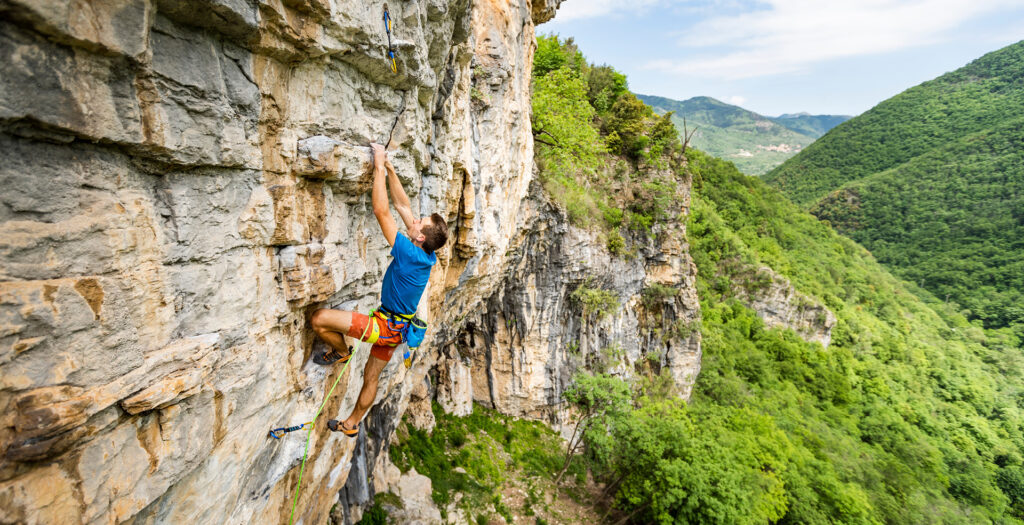
Before diving into the more advanced techniques, let’s start with the basics. These fundamental climbing techniques are the building blocks of safe and efficient climbing.
1. Body Positioning
Proper body positioning is essential for effective climbing. To begin, let’s discuss the importance of body positioning. Effective climbing begins with positioning your body in a way that maximizes balance and minimizes strain. Key aspects of body positioning include:
- Center of Gravity: Keep your center of gravity over your feet. This reduces the strain on your arms and hands.
- Weight Distribution: Distribute your weight evenly between your feet and utilize your leg muscles to push upward.
- Balance: Maintain balance by adjusting your body position and shifting your weight as needed.
2. Handholds and Grips
Proper handholds and grips are crucial for secure climbing. Now, let’s explore the different types of handholds and grips. Understanding the various types of handholds and grips is essential for effective climbing:
- Jugs: These are large, easy-to-hold holds that allow a full hand grip.
- Crimps: Crimps are small holds requiring your fingertips to support most of your weight. Use an open-handed grip with your fingers flat on the hold.
- Slopers: Slopers are rounded holds that require friction and body positioning to stay on. Use an open-handed grip and focus on keeping your body close to the wall.
3. Footwork
Proper footwork is crucial for efficient climbing. Now, let’s delve into the nuances of footwork. Effective footwork involves:
- Precise Foot Placement: Carefully place your feet on holds to maximize your reach and maintain balance.
- Smearing: When no foothold is available, use the friction of your climbing shoe against the rock surface to gain purchase.
- Flagging: Use one leg to balance and prevent swinging when reaching for a hold.
II. Advanced Climbing Techniques

With the fundamentals in place, let’s explore some advanced climbing techniques that will take your skills to the next level.
4. Dyno (Dynamic Movement)
Dyno is an advanced technique for reaching distant holds. Moving on, let’s explore the dynamic movement of dyno. A dyno involves leaping or jumping from one hold to another. Here’s how to execute a dyno:
- Identify Target Hold: Focus on the hold you want to reach and plan your trajectory.
- Generate Momentum: Bend your knees, crouch, and then explode upward, swinging your body toward the target hold.
- Timing: Release your handhold at the peak of your jump to reach the target.
5. Smearing and Flagging
Smearing and flagging are advanced techniques for balance and stability. Moving forward, let’s discuss the finer points of smearing and flagging.
- Smearing: Smearing involves using the friction between your climbing shoe and the wall to create a foothold. Carefully shift your weight onto your foot while maintaining body tension.
- Flagging: Flagging is a technique used to prevent swinging or maintain balance when reaching for a hold. Extend one leg to counterbalance your body’s movement.
6. Heel Hook and Toe Hook
Heel hooks and toe hooks are advanced techniques for securing holds. Now, let’s explore the precise techniques of heel and toe hooking.
- Heel Hook: To perform a heel hook, place the back of your heel on a hold and apply downward pressure. This technique is effective for maintaining balance and creating a stable stance.
- Toe Hook: A toe hook involves hooking your toe onto a hold and pulling it toward you. This technique can help you control your movement and maintain balance on overhanging terrain.
III. Safety and Etiquette
Climbing isn’t just about physical technique; it also involves safety and respect for others and the environment.
7. Belaying and Rope Management
Belaying is a critical safety technique in climbing. Let’s shift our focus to the importance of belaying and rope management.
- Belaying: Belaying is the process of securing a climber using a rope and belay device. It’s crucial to learn proper belaying techniques to ensure the safety of both the climber and the belayer.
- Rope Management: Understanding how to manage your climbing rope, including coiling and flaking, is essential for preventing tangles and ensuring a smooth climb.
8. Leave No Trace
Leave No Trace principles are vital for preserving climbing areas. Now, let’s discuss the Leave No Trace principles and their significance in climbing.
- Pack It In, Pack It Out: Carry out all your trash and gear, leaving no trace of your presence.
- Stay on Designated Trails: Stick to established trails and access points to minimize environmental impact.
- Respect Wildlife: Avoid disturbing wildlife and nesting birds, which may inhabit climbing areas.
Be Prepared and Stay Safe
Climbing is a multifaceted sport that combines physical prowess, mental acuity, and respect for nature. Whether you’re scaling rocky crags, tackling indoor climbing walls, or exploring the world of bouldering, mastering climbing techniques is essential for success and safety.
In this comprehensive guide, we’ve explored the fundamental climbing techniques, including body positioning, handholds and grips, and footwork, that serve as the bedrock of safe and efficient climbing. We’ve also ventured into advanced techniques like dynos, smearing, flagging, and specialized moves like heel hooks and toe hooks, which add finesse to your climbing repertoire.
Safety and etiquette are paramount in climbing, and we’ve emphasized the importance of belaying, rope management, and Leave No Trace principles. Remember that climbing is not only about reaching the summit but also about respecting the environment and fellow climbers.
Climbing Checklist for Hikers
Hiking is an exhilarating outdoor activity that allows you to connect with nature, explore scenic landscapes, and challenge your physical capabilities. When you decide to elevate your hiking experience by including climbing, whether it’s tackling a rocky trail or ascending a peak, proper preparation is essential. A well-organized climbing checklist ensures you have the necessary gear and safety measures in place. In this article, we’ll outline a comprehensive climbing checklist for hikers to help you stay safe and enjoy your climbing adventures to the fullest.
Clothing and Apparel
- Moisture-Wicking Base Layers: Choose clothing that wicks sweat away from your body to keep you dry and comfortable during physical exertion.
- Breathable Mid-Layers: Depending on the weather, pack appropriate mid-layers like fleece or down jackets for insulation.
- Waterproof and Windproof Outer Layer: Ensure your outerwear, such as a waterproof jacket, can protect you from rain, wind, and sudden temperature changes.
- Convertible Pants: Opt for pants that can convert into shorts for versatility on the trail.
- Wicking Socks: Wear moisture-wicking socks to prevent blisters and keep your feet dry.
- Sturdy, Supportive Footwear: Invest in high-quality hiking boots with excellent traction and ankle support.
Climbing Gear
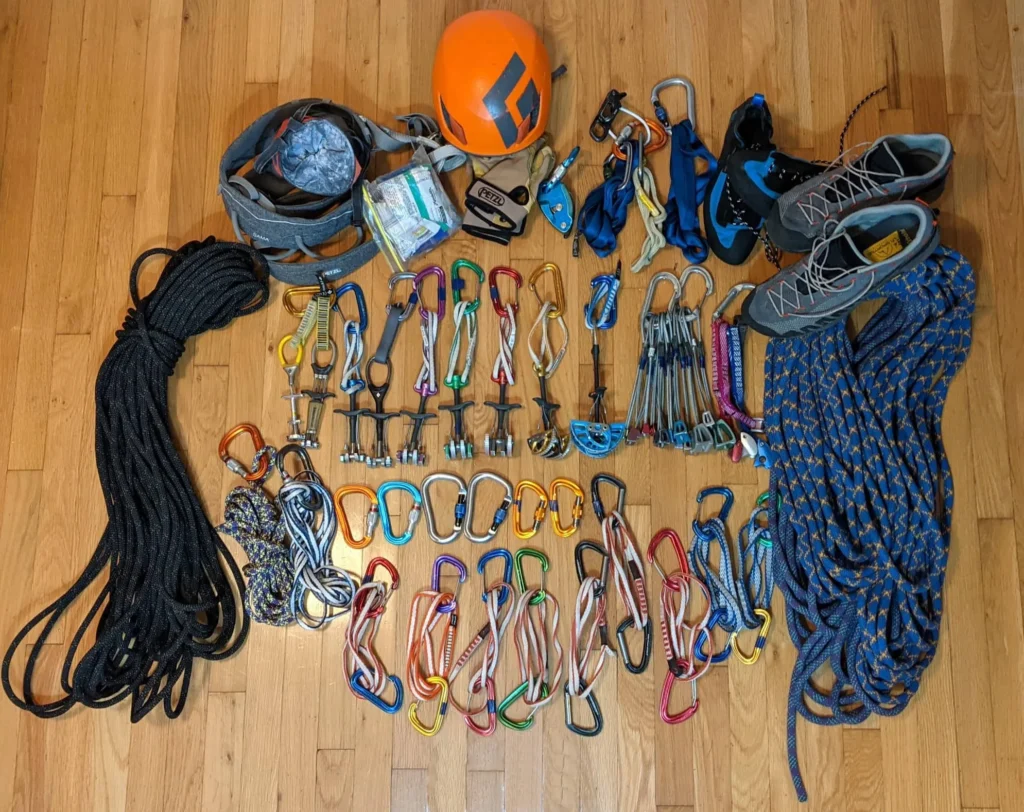
- Climbing Helmet: A helmet is non-negotiable for protecting your head in case of falls or falling debris.
- Harness: A climbing harness is essential for attaching yourself to ropes and anchors.
- Carabiners: Carry a variety of locking and non-locking carabiners for securing gear and creating anchor points.
- Climbing Rope: Choose a rope appropriate for the type of climbing you’ll be doing, and ensure it’s in excellent condition.
- Belay Device: Select a belay device that suits your climbing style, whether it’s a tubular device or assisted braking device.
- Climbing Shoes: Invest in comfortable, snug-fitting climbing shoes for better control and grip on the rock.
- Chalk Bag and Chalk: Keep your hands dry for improved grip with a chalk bag and climbing chalk.
Safety Equipment
- First Aid Kit: Include essentials like bandages, antiseptic wipes, blister treatment, and pain relievers.
- Headlamp/Flashlight: Always have a reliable light source for emergencies and late descents.
- Multi-tool or Knife: A versatile tool can be invaluable for gear repair and other unexpected situations.
- Navigation Tools: Carry a map, compass, or GPS device to prevent getting lost on unfamiliar routes.
Personal Gear
- Backpack: A comfortable and appropriately sized backpack to carry all your gear is essential.
- Water Reservoir or Bottles: Stay hydrated with a water reservoir or water bottles.
- Food and Snacks: Pack high-energy snacks and meals for sustenance during the climb.
- Sun Protection: Sunscreen, sunglasses, and a wide-brimmed hat protect you from harmful UV rays.
- Insect Repellent: Depending on your climbing location, insects can be a nuisance, so be prepared.
- Climbing Guidebook: If you’re exploring a new climbing area, a guidebook provides valuable route information.
Communication and Safety
- Cell Phone: Carry a fully charged cell phone for communication in emergencies.
- Emergency Whistle: A whistle can be heard over long distances and is a useful tool for signaling distress.
- Personal Locator Beacon (PLB): In remote areas, a PLB can send out distress signals for help.
- Optional Gear
- Climbing Protection (Nuts, Cams, Slings): Depending on the type of climbing, you may need protection gear.
- Climbing Gloves: Protect your hands during rope work and against rough surfaces.
- Climbing Tape: Useful for taping fingers or hands to prevent injuries.
- Helmet Light: For climbing in low-light conditions or caves, a helmet light can be handy.
Leave No Trace Principles
- Trash Bags: Follow Leave No Trace principles by packing out all trash, including food scraps and waste.
- Cathole Trowel: For proper disposal of human waste, especially in areas without restroom facilities.
Checklist Reminder
Before you embark on your climbing adventure, it’s crucial to double-check your gear and ensure everything is in working order. Ensure your clothing is appropriate for the weather conditions, and that all safety gear, such as your helmet and harness, is correctly adjusted and secured. Always inform someone of your climbing plans and expected return time, especially when climbing in remote areas.
Final Words
Remember that climbing involves risks, and safety should always be a priority. Be prepared, stay informed, and follow established climbing and safety protocols. With the right gear and knowledge, you can enjoy the thrill of climbing while minimizing risks and ensuring a memorable and safe experience in the great outdoors. You can check our other outdoor blogs.
As you embark on your climbing journey, remember that practice, patience, and persistence are key. Climbing is not just a sport; it’s a lifelong adventure that rewards those who embrace its challenges and beauty. So, gear up, chalk your hands, and take your first step towards mastering the art of climbing. The vertical world awaits your exploration.
